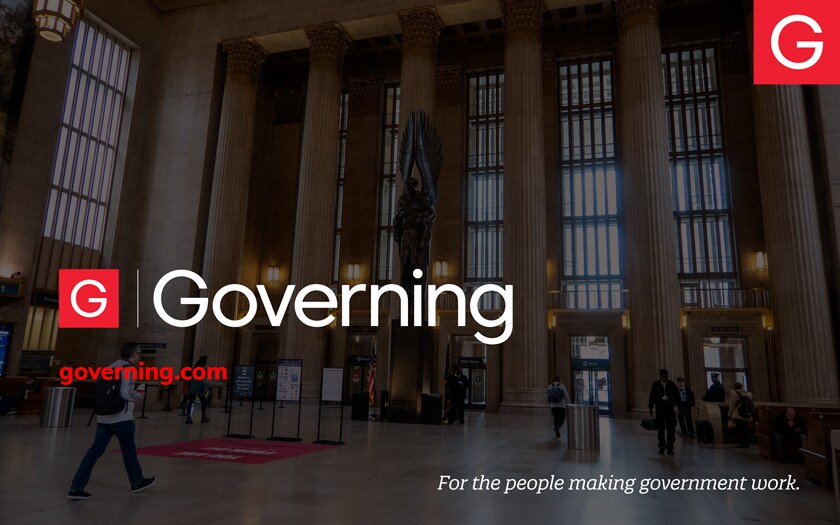The committee held a joint public hearing on a bill from Rep. Anne-Marie Mastraccio (D-Sanford), LD2136, to increase the annual subsidy for shelter operations from $2.5 million to $12.5 million, and LD2138 from Rep. Colleen Madigan (D-Waterville) for an additional $2.5 million for low-barrier shelters.
The increased funding for both bills would be available starting fiscal year 2024, which begins July 1.
There are 42 homeless shelters in Maine with a total of about 1,170 beds run by various nonprofits throughout the state, Mastraccio told the committee Tuesday.
“And they are all operating with deficits,” she said.
The state Legislature created an annual shelter-operating subsidy in 1988. It started as $500,000 a year, until it increased to its current amount of $2.5 million in 2015, according to additional details sent out by the Maine House Democratic Office.
However, last year, the Legislature provided an additional $10 million in one-time funding. Mastraccio hopes to make that increase permanent with her bill.
In York County, there are about 300 people unsheltered, while all existing shelter beds are occupied and have extensive waitlists, said Sanford City Manager Steve Buck.
“Stably sheltered, people can begin to take the steps necessary to work toward independence and well-being, and our communities become healthy and prosperous places for all as a result,” Buck said testifying in favor of the bill on behalf of the York County Committee on Homelessness.
A subset of Maine’s homeless shelters are low-barrier, which means they accept guests regardless of substance use, criminal involvement, mental illness or other ongoing needs. Five low-barrier shelters in Bangor, Portland and Waterville told the housing committee in December they were at risk of closing because of a combined $4 million deficit.
Because of the populations served by these shelters, they often need more robust staff and resources such as overdose reversal medications. The shelters told the housing committee they are often forced to fundraise to fill the gaps in their budgets.
Assistant House Majority Leader Kristen Cloutier (D-Lewiston) and Rep. Amy Roeder (D-Bangor) spoke in favor of both bills.
“We as a state have recognized that we must either find solutions to assist the chronically unhoused or accept that we are a state that is fine with allowing some folks to live outside because of their illnesses,” Roeder said. “I know that’s not who we are. I know it.”
Roeder said one of those solutions is the state’s housing first initiative. Low-barrier shelters are a link in the continuum of care for people who are chronically unhoused, especially for those who want to be connected with substance use treatment. If they run out of funding and close, that link is lost, she said.
Maine is working to address its acute housing shortage, as various bills have been proposed to fill the gap. For example, the housing committee heard another bill Tuesday that could increase modular and manufactured housing, which are both generally more affordable options.
But, Mastraccio said, “it will take time before these projects significantly impact our housing crisis.” This legislation extends financial support to municipalities grappling with this issue in the meantime.
Related Articles
This article was first published by the Maine Morning Star. It has been republished under Creative Commons license CC BY-NC-ND 4.0.












